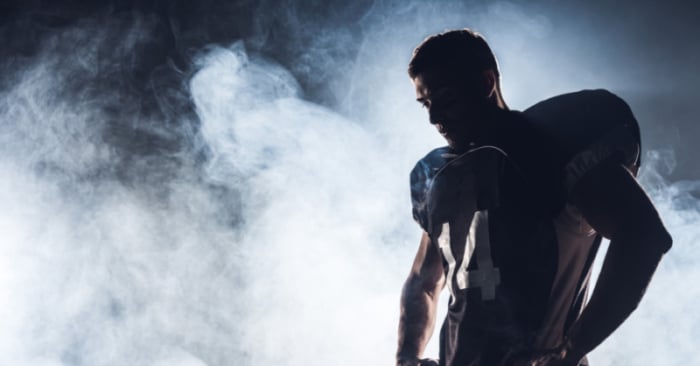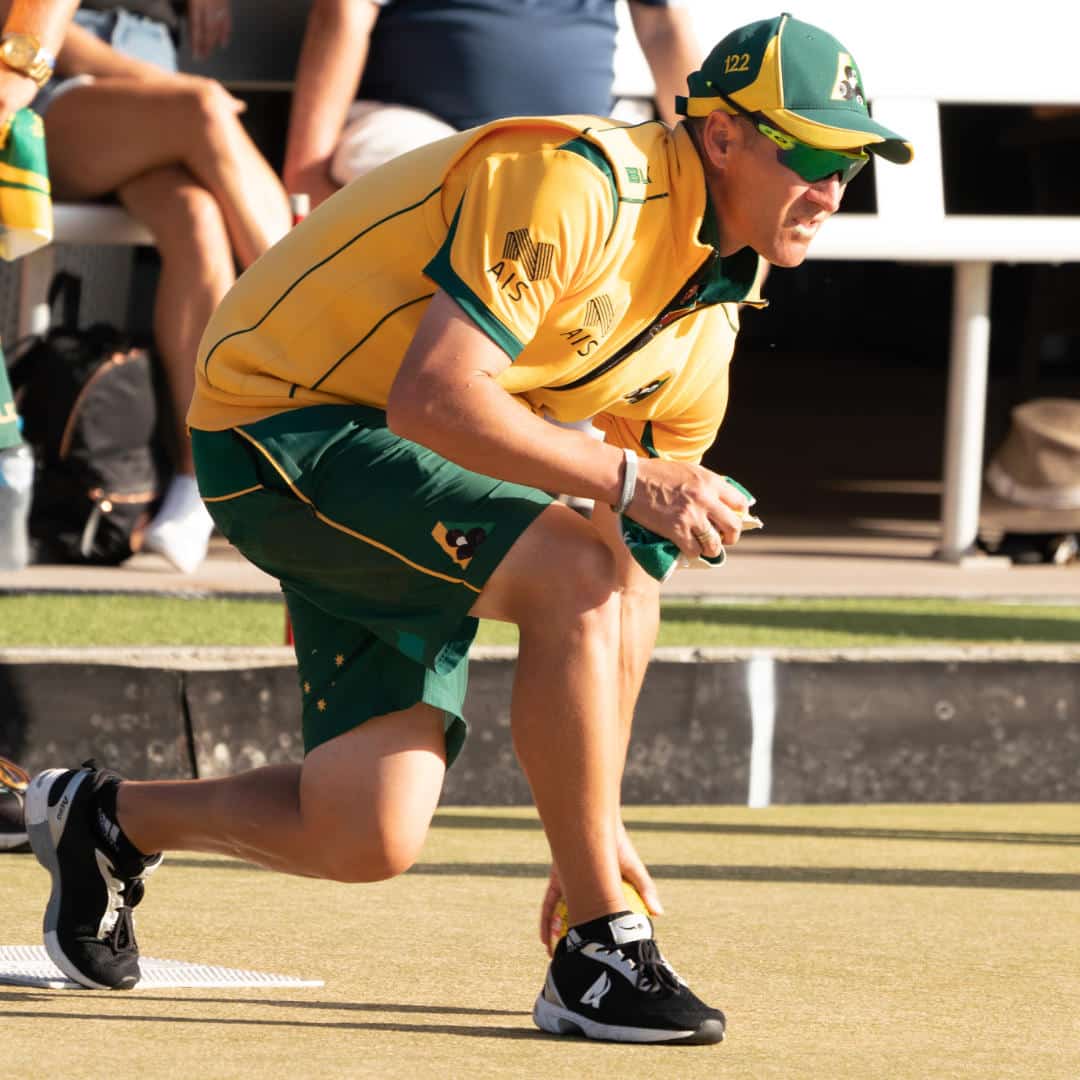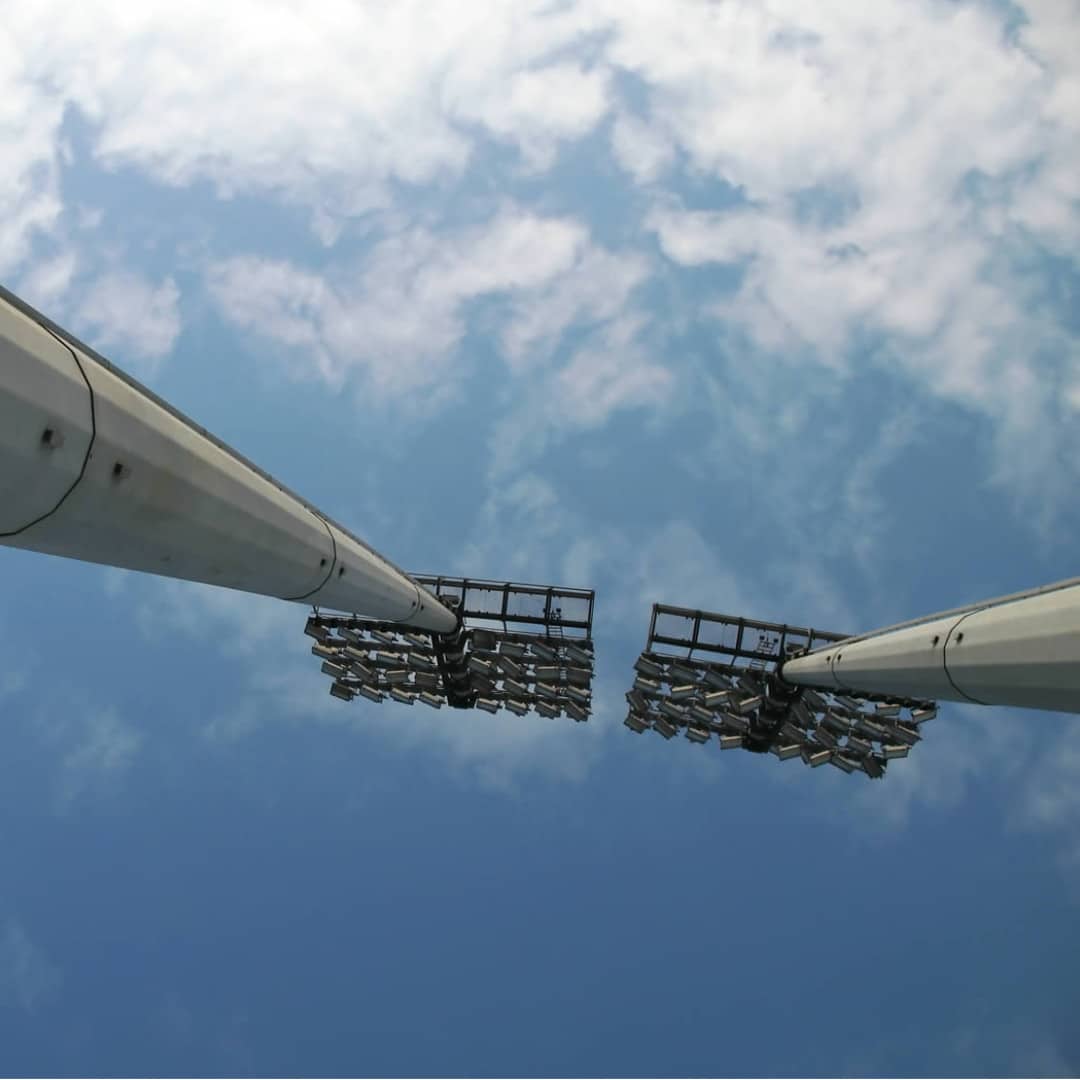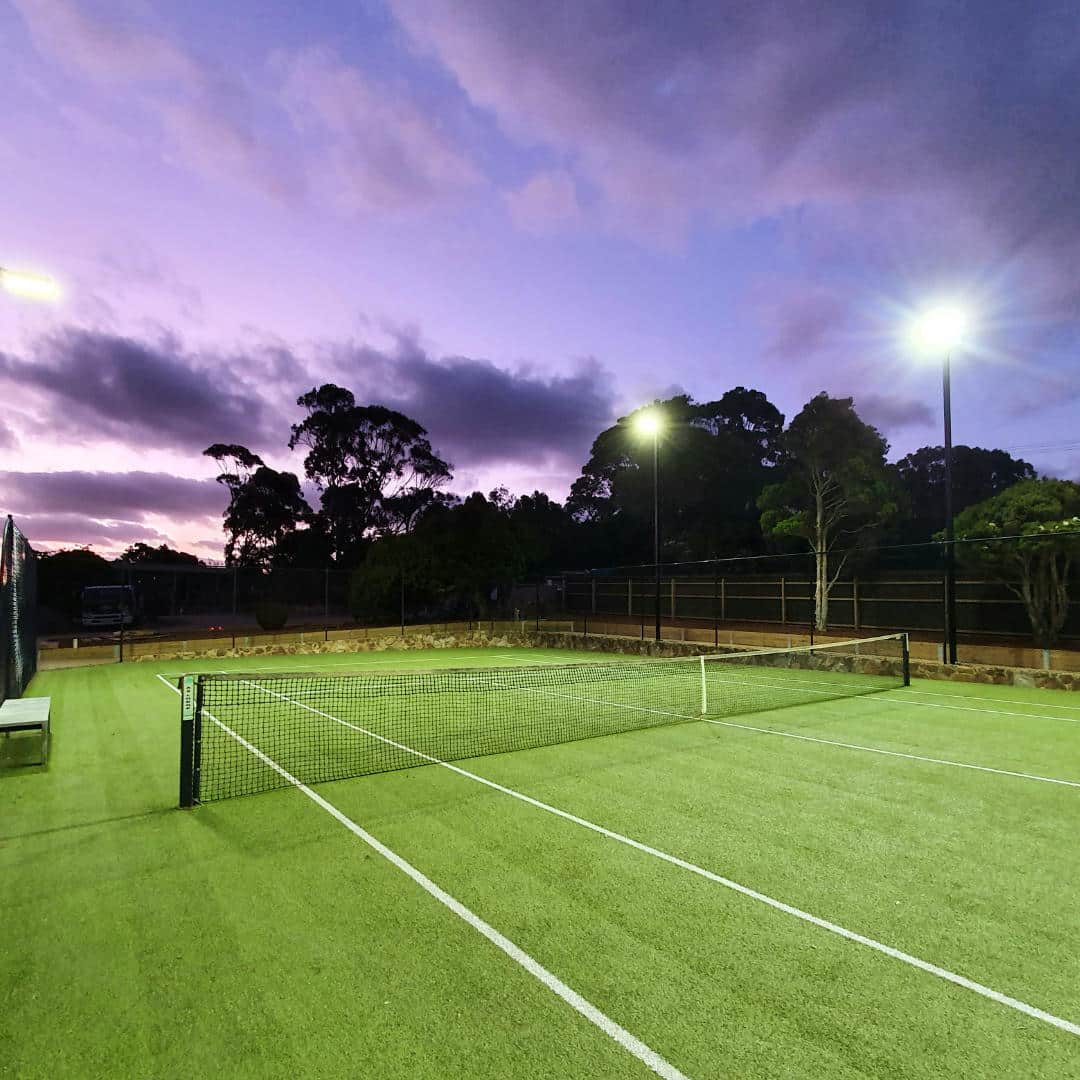
There are a number of basic reasons for LED lights to fail but the primary issue is heat.
Over-heating can be a result of a number of design and assembly issues but is still the cause of the majority of LED lamp failures – both in the fitting themselves and also the drivers.
Everyone knows that LED’s need a heatsink which is generally incorporated into the basic design of the product.
Going back 10-15 years this resulted in heavy, large and cumbersome products which seemed to be designed for military use compared with their light and flimsy metal halide cousins.
As the technologies have improved the housings have reduced, become more streamlined and architectural. However the fundamental issue has not disappeared – LED’s create a lot of heat and need to get rid of it.
Not all LED’s are created equal.
In the past decade a handful of manufacturers have set themselves apart from the rest by consistently delivering high performance, tried and tested LED’s that have proved to last, based on LM80 and similar tests.
Starting with a reliable LED is the cornerstone of long lasting lamps and cannot be over-emphasized.
Many copycat chip designs have sprung up but this is not a step worth taking a short cut on. If the LED is unreliable, almost nothing else matters – stick with one of the brand leaders.
Unlike a halogen, which throws its heat forward, LED’s push their heat out the back, through the PC Board and then into the heat sink.
This conductive path is very necessary to making the system work together and provides the first potential hotspot.
The thickness and material of the PCB is part of (or should be part of!) an engineered design that considers heat dissipation from the get-go. The LED’s are generating heat, the PCB is transporting the heat into the body (or heatsink) to be taken away. If the PCB is not thick enough and doesn’t have enough heatsinking in its own right, hot spots can occur.
The next stage is the contact between the PCB and the housing. Cheaper lamps economise on thermal paste, either not using the right grade, not enough, or worse still, not using any at all. A microscopic gap between the PCB and potentially (slightly) uneven aluminium housing, can result in early failures. Using a good grade of thermal grease or, better still, a graphite pad, makes a world of difference to the longevity of the LED module. This is an unseen area of the lamp as far as the consumer is concerned.
Consequently, many manufacturers economise here as the short-cuts are not clearly visible.
Unfortunately, they are visible when the lamp stops working for no apparent reason.
The next aspect in the thermal design is the housing.
Not only must there be enough aluminium to dissipate the heat, but it must be of a high quality and cast in a way that supports heat dissipation.
There are a number of methods of molding the aluminium and each has cost vs efficiency differences. Extrusion is common and is economical to produce, both for tooling and components, and due to the high molding pressure, is very efficient. However, because it is a linear extrusion the shape is 2 dimensional, greatly restricting the design options.
Diecasting is a popular option to overcome this issue, but consequently is not as efficient for heatsinking because it is cast at a lower pressure.
Cold forging is another option for efficiency, but often not used due to limitations on design and higher tooling costs.
Many basic LED light fixture designs incorporate the LED driver into the design for convenience.
However, the drivers themselves generate heat and are also adversely affected by heat. Bolting them to a hot heatsink is about the worst treatment they can get and subsequently this causes premature failures. The reason for this is that one of the components used on the PCB of the driver has a gel solution to make it function. If this gel dries out, the driver fails.
The answer to this issue is to keep the drivers cool, which requires either insulation or sufficient airflow during operation.
With temperature being the biggest issue, the obvious solution is to control the temperature.
Many manufacturers choose to make their module underperform to prevent a heat build-up. This can work but also make the modules bigger and heavier than they need to be.
Our recommendation, if you are operating your lights for long periods of time or in a harsh environment, is to make sure the lights you are buying have some form of electronic temperature control.
These devices vary in type, but the result should be that they effectively control the temperature of the module to less than 90 C.
One of the most effective is a physical NTC (thermistor) which sensors the actual temperature and dims the lamp in order to maintain the temperature.
This is a robust mechanism that is able to operate under any conditions.
Other more electronic forms are also available which may be equally effective. The main point is to make sure that there is some form of proven safe-guard against over-temperature – an LED’s worst enemy.
For more information on getting the best performing LED lights, send us an email or give us a call on +61 3 8566 6146 and chat to one of our friendly consultants.


